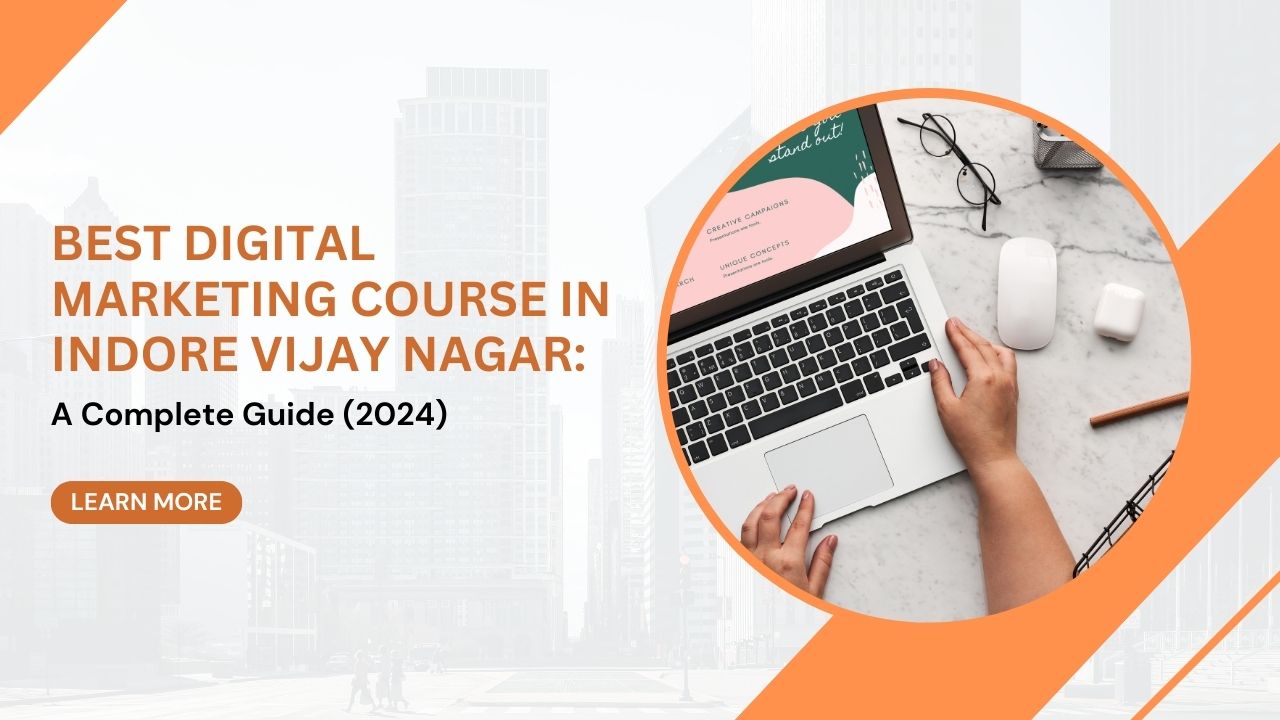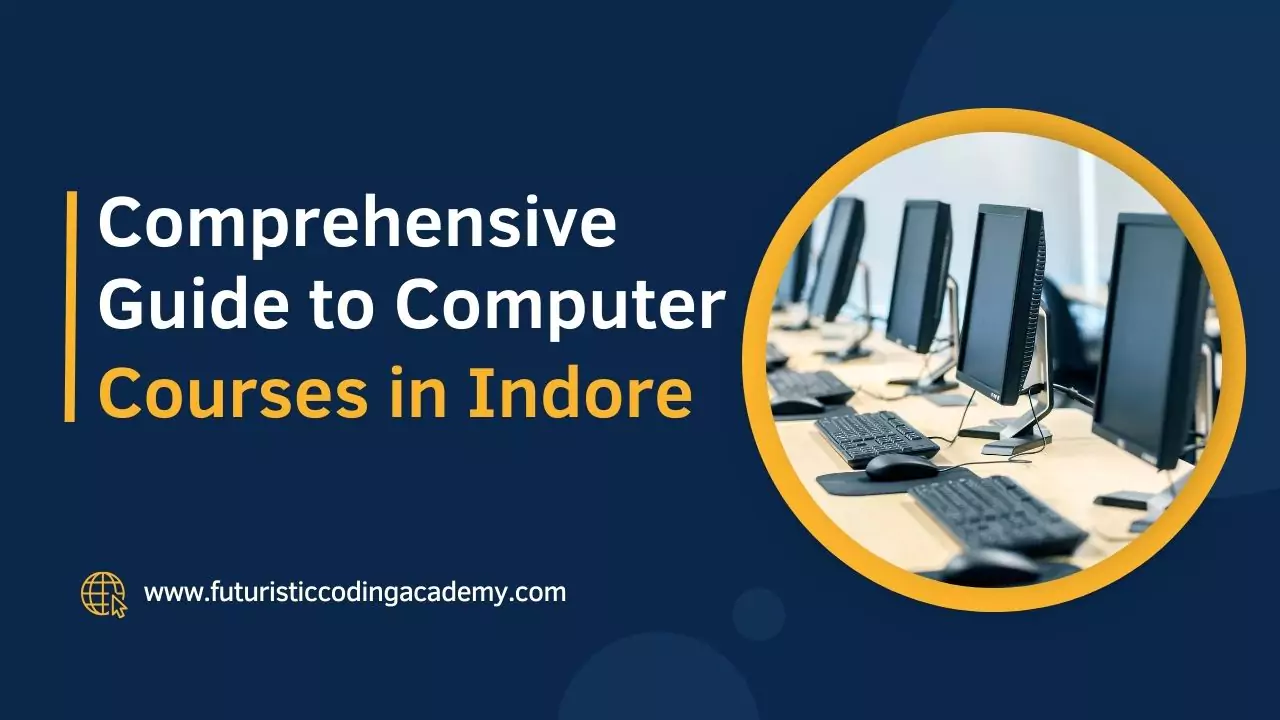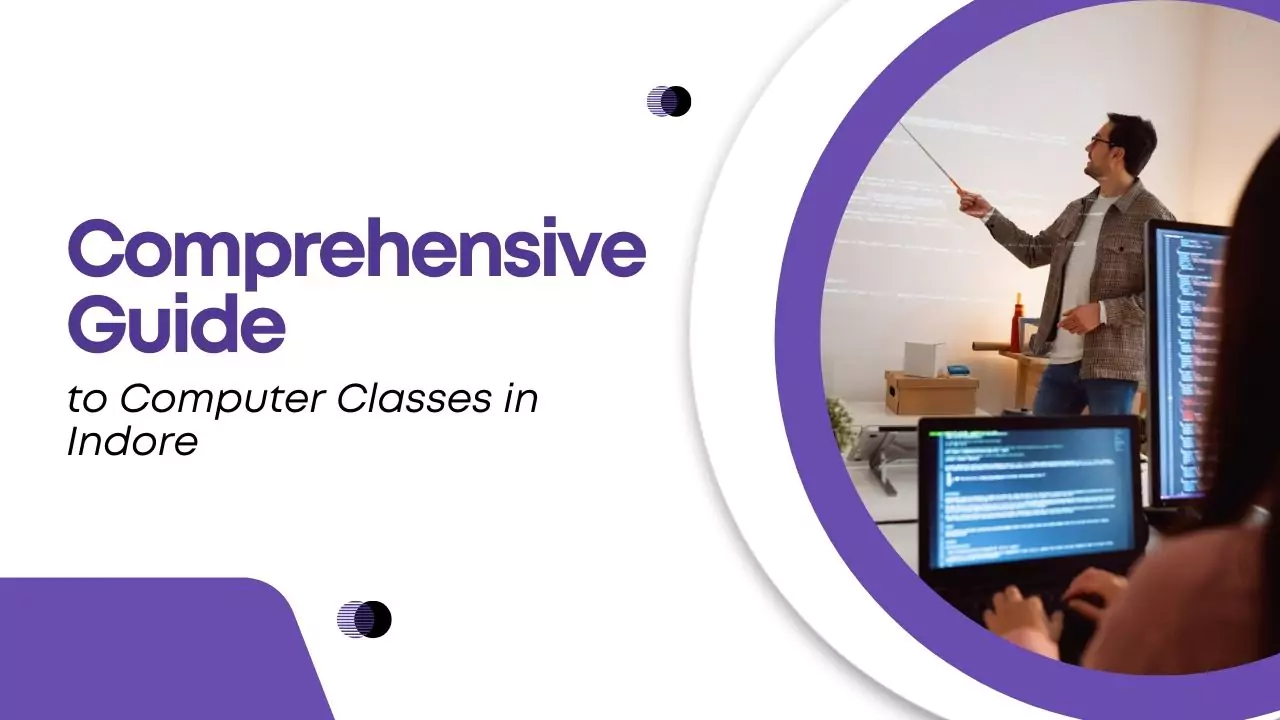The demand for Full Stack Java Developers has been steadily rising as more companies seek professionals who can handle both front-end and back-end development. Preparing for a full-stack developer interview can be challenging, given the wide range of skills and technologies involved. To help you succeed, we’ve compiled a list of essential interview questions and answers, covering core Java concepts, front-end technologies, frameworks, and more.
What Should a Full Stack Java Developer Know?
Before diving into specific questions, it’s crucial to understand the key skills required for a Full Stack Java Developer role:
- Programming Languages: Proficiency in Java is a must, but knowledge of other languages like JavaScript, Python, or Ruby can be beneficial.
- Front-End Technologies: Understanding HTML, CSS, Angular, React, and related libraries like jQuery is essential for building interactive user interfaces.
- Back-End Technologies: Mastery of frameworks such as Spring Boot, Hibernate, and RESTful web services is vital.
- Databases: Experience with databases like MySQL, MongoDB, and Oracle, along with proficiency in database design and SQL.
- Design Patterns: Knowledge of architectural patterns like MVC (Model-View-Controller) and MVP (Model-View-Presenter) is a huge plus.
Core Java Concepts
1. What is the Spring Framework, and Why is It Useful?
The Spring Framework is a toolkit that simplifies Java application development by providing features like dependency injection, aspect-oriented programming, and transaction management. It allows developers to build robust, secure, and flexible applications efficiently.
2. Explain RESTful Web Services and Their Importance.
RESTful web services enable communication between different web applications using simple HTTP methods (GET, POST, PUT, DELETE). They provide a scalable, stateless architecture essential for modern web applications. In Java, RESTful services can be implemented using frameworks like Spring Boot.
3. What is Hibernate, and How Does It Help with Databases?
Hibernate is an ORM (Object-Relational Mapping) tool that simplifies database interactions in Java applications. It maps Java objects to database tables, reducing the complexity of SQL queries and allowing developers to work with Java objects instead of raw SQL.
4. What is Dependency Injection in Spring?
Dependency Injection (DI) is a design pattern that allows objects to be created with their dependencies injected at runtime. In Spring, DI helps manage object dependencies, making the code more modular and easier to test.
5. Explain the Singleton Pattern in Java and Its Uses.
The Singleton pattern restricts a class to have only one instance throughout the application. It is commonly used for managing resources like database connections and configuration settings.
6. How to Prevent SQL Injection in Java?
SQL Injection is a security vulnerability that can occur when user input is directly incorporated into SQL queries. To prevent this, use prepared statements with parameterized queries, which safely handle user input.

Front-End Technologies
7. Which Front-End Technologies Have You Worked On?
A full-stack Java developer should be proficient in front-end technologies like Angular, React, HTML, CSS, and JavaScript. For example, Angular and React are widely used frameworks for building dynamic user interfaces.
8. Managing State in a React Application: Hooks, Context API, and Redux
In React, state management can be handled using built-in hooks like useState for local component states. For more complex, global state management, use Context API or Redux to pass state between components efficiently.
9. How Do You Implement Security in Full Stack Applications (e.g., JWT)?
For full-stack applications, security can be implemented using JSON Web Tokens (JWT). JWT is used for secure communication between the client and server by encoding and verifying user identity.
Professional Experience and Soft Skills
10. How Would Your Colleagues Describe You in Five Words?
This question assesses your self-awareness and teamwork skills. A good approach is to mention strengths like “collaborative,” “problem-solver,” “reliable,” “innovative,” and “goal-oriented.”
11. Do You Prefer to Work Independently or in a Team?
Be honest about your preference, but show flexibility. For instance, “I enjoy working independently to focus on complex coding tasks, but I also thrive in team environments where collaboration leads to innovative solutions.”
12. What Are Your Short- and Long-Term Professional Goals?
For a short-term goal, you might say, “I aim to use my Java skills to build scalable applications.” For long-term goals, mention aspirations such as “becoming a lead developer or architect in a tech-driven company.”

Web Application Development
13. How to Design an E-Commerce Website Using Angular and Spring Boot?
Discuss how you would use Angular for the front-end to create a dynamic, responsive user interface and Spring Boot for the back-end to handle data processing and business logic. Include aspects like integrating REST APIs for data exchange between the client and server.
14. How Did You Implement Security for the Full-Stack Application?
Explain the use of JWT for secure communication and data exchange, OAuth for third-party authentication, and proper data validation to protect against common security threats like XSS and SQL injection.
15. Deployment: How Do You Handle Deployment of a Full-Stack Application?
Outline the different deployment strategies, such as bundling Angular code within a Spring Boot JAR or deploying front-end and back-end separately on different servers.
Frameworks and Tools
16. Inversion of Control (IoC) Pattern in Spring and Angular
IoC in Spring involves injecting dependencies using annotations like @Autowired, reducing tight coupling between objects. In Angular, the same principle is used to inject services into components.
17. What is the Difference Between save() and persist() in Hibernate?
Both methods save an entity, but save() returns the generated identifier immediately, while persist() delays the SQL execution until the transaction is committed.

Trending Topics and Advanced Concepts
18. Latest Trends in Full-Stack Development
Discuss emerging trends like Artificial Intelligence (AI) in automation, Blockchain technology for secure transactions, and the use of low-code development platforms to speed up application development.
19. How to Stay Updated in the Web Development Field?
Mention reading blogs, attending webinars, joining online communities, and taking courses on platforms like Futuristic Coding Academy to stay current in the fast-evolving field of web development.
Conclusion
The role of a Full Stack Java Developer is multifaceted, requiring knowledge of both front-end and back-end technologies, along with a deep understanding of Java frameworks. By mastering the topics covered in these questions, you’ll be well-prepared to tackle your next interview confidently.
Ready to ace your Full Stack Java Developer interview? Check out our advanced courses and mock interviews at Futuristic Coding Academy to sharpen your skills!
People Also Ask
1. What skills are required for a Full Stack Java Developer?
A Full Stack Java Developer needs to have strong knowledge of Java, Spring Boot, and Hibernate for back-end development. They should also be proficient in front-end technologies like HTML, CSS, JavaScript, Angular, or React. Database management skills (e.g., MySQL, MongoDB) and understanding REST APIs, MVC architecture, and version control (Git) are also essential.
2. How can I prepare for a Full Stack Java Developer interview?
To prepare, focus on key Java concepts, including OOP, collections, and multithreading. Learn to use Spring Boot and Hibernate for building back-end systems and practice developing RESTful APIs. For front-end, work on Angular/React projects. Familiarize yourself with popular interview questions and participate in coding challenges to sharpen your skills.
3. What are common Full Stack Java Developer interview questions?
Interviewers often ask about core Java concepts (e.g., inheritance, polymorphism), Spring Framework, RESTful web services, and Hibernate. You might also encounter questions on front-end technologies (e.g., state management in React) and coding challenges to test your problem-solving abilities.
4. What is the difference between REST and SOAP in Java?
REST (Representational State Transfer) is a lightweight, flexible web service architecture that works over HTTP. It is often used in conjunction with JSON or XML. SOAP (Simple Object Access Protocol) is a protocol that allows structured information exchange, offering more security and reliability. REST is generally preferred for its simplicity and ease of integration with Java applications.
5. Why is Spring Boot popular among Full Stack Java Developers?
Spring Boot simplifies Java application development by providing a range of tools and frameworks, like dependency injection, embedded servers (e.g., Tomcat), and pre-configured templates. It accelerates the development process, allowing developers to focus on writing business logic rather than boilerplate code, making it a popular choice in full-stack development.








